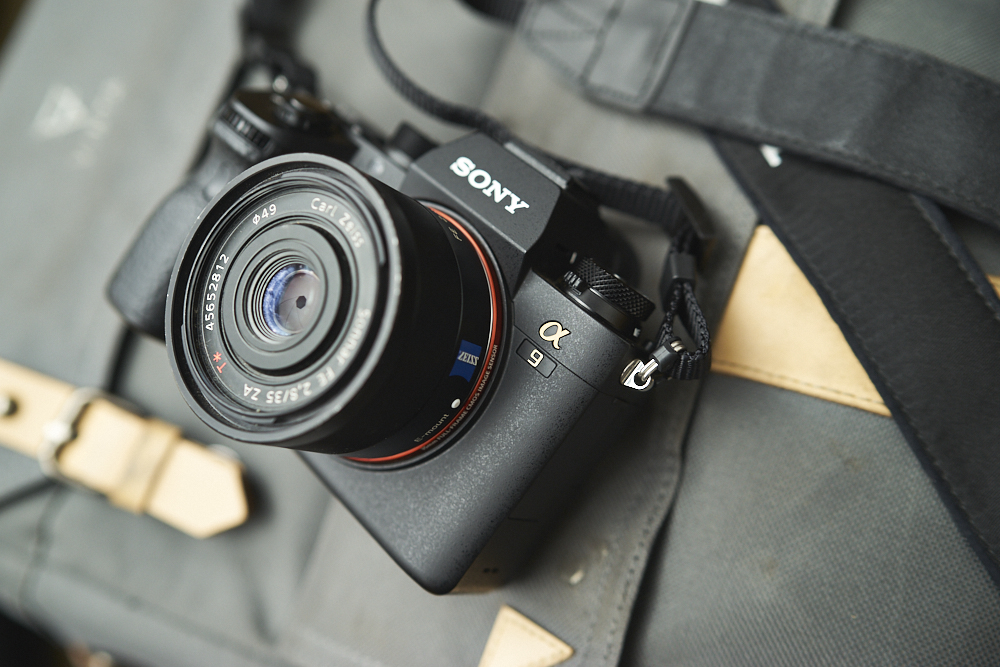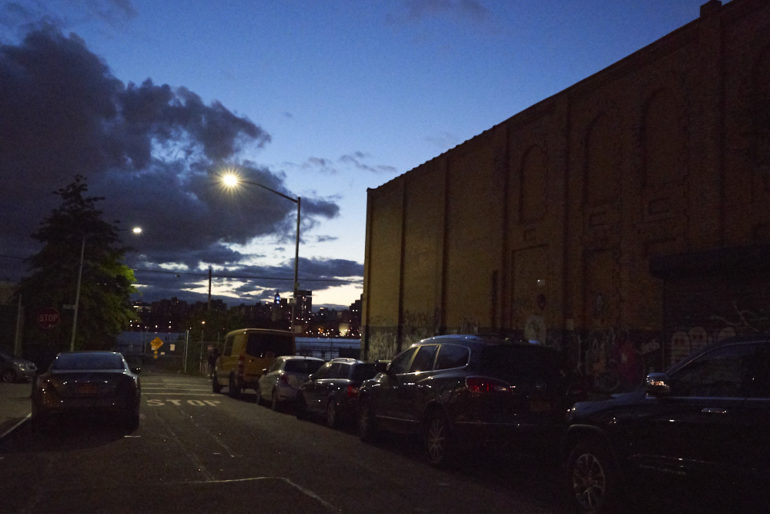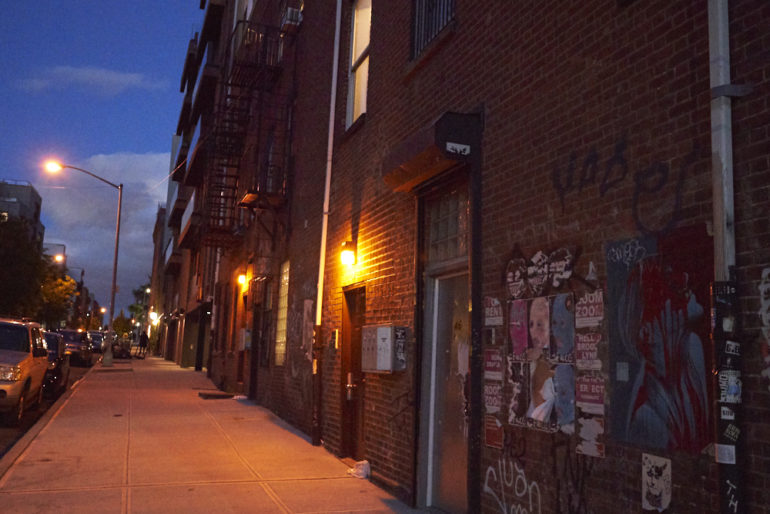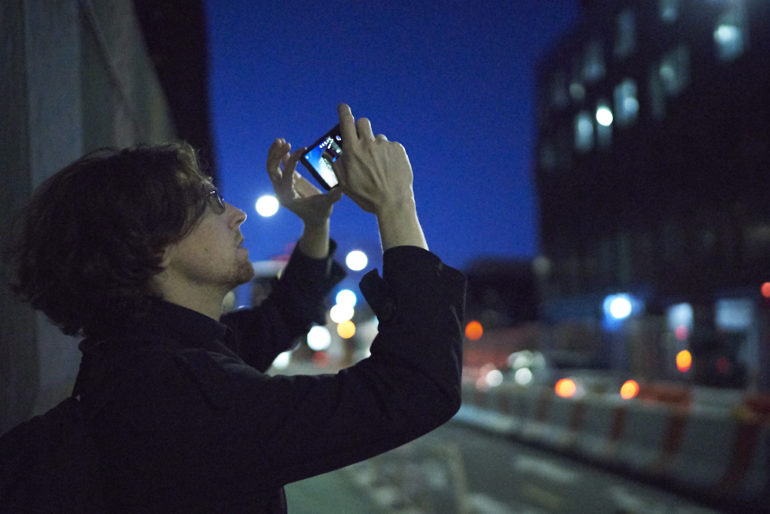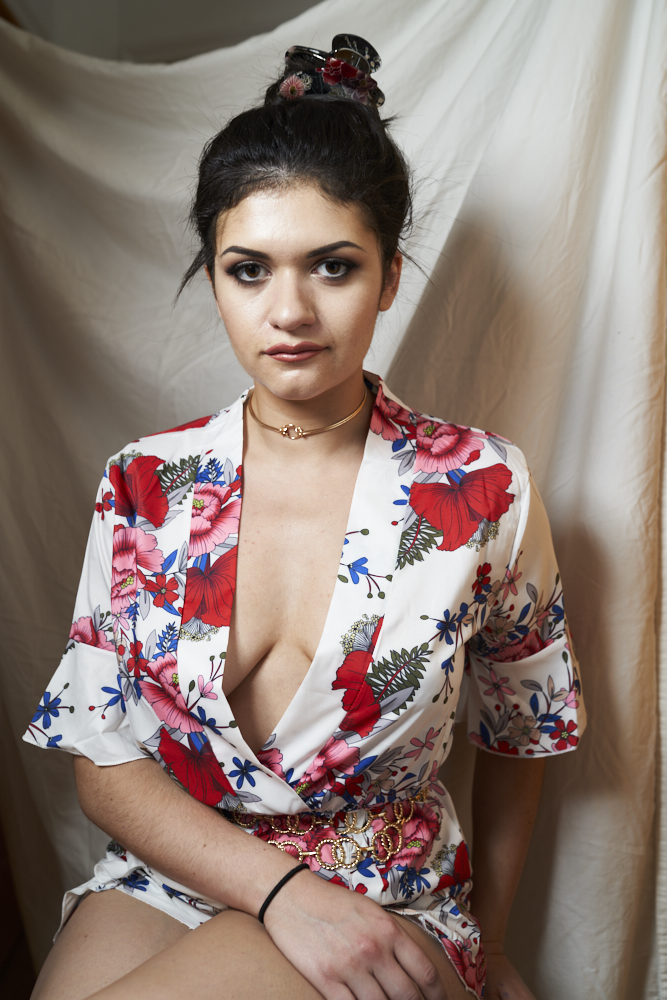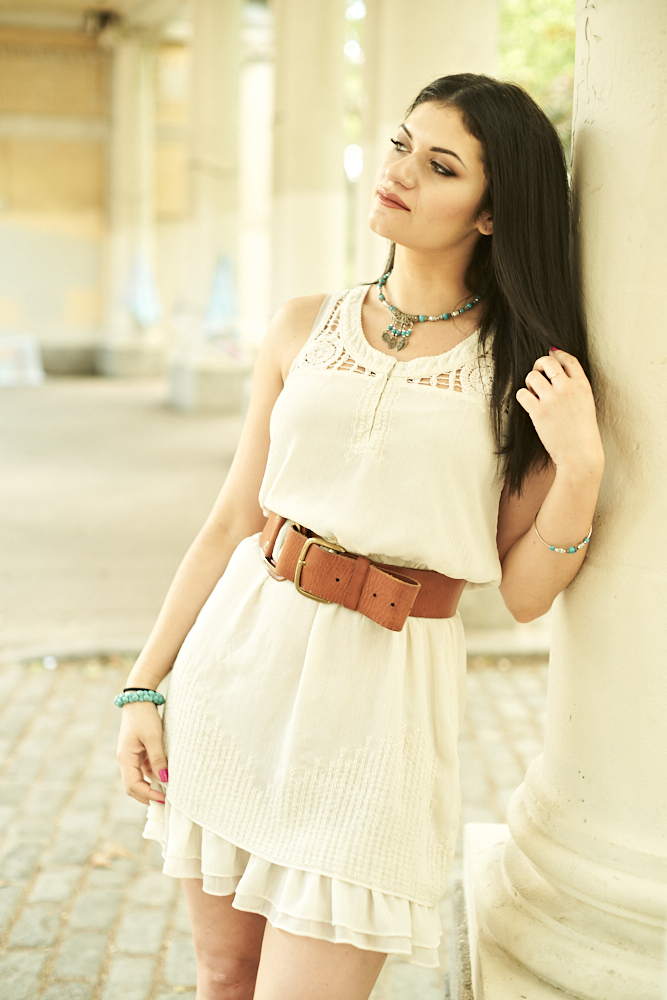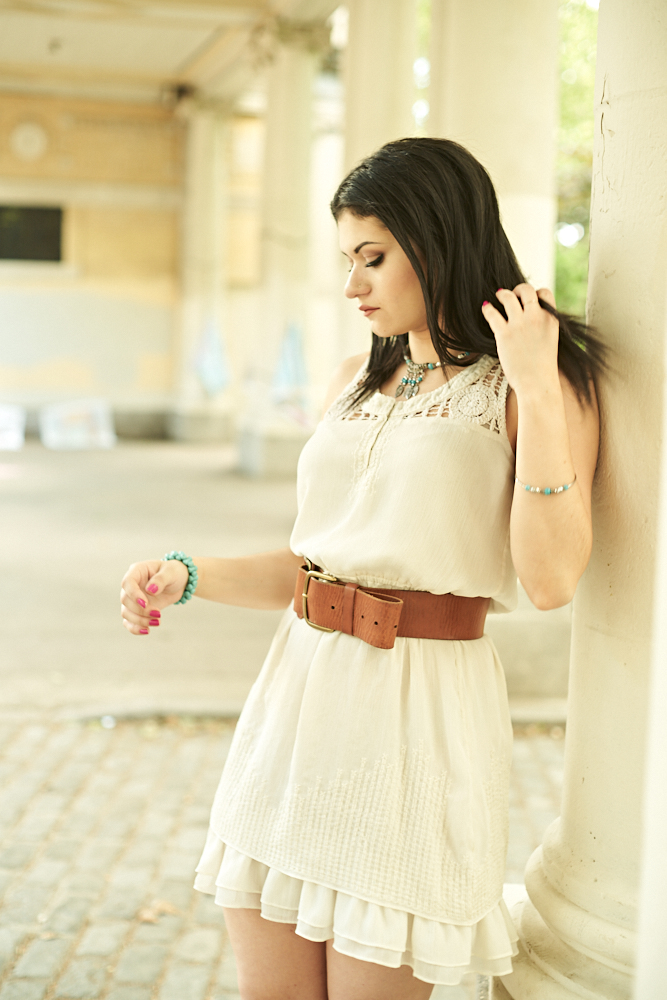We’re almost done with our review of the new Sony a9 camera; and so far it’s shaping up to mostly be pretty great. This post is to mostly showcase High ISO image samples from the new Sony a9, and before we go on you should know that it does a fantastic job and I personally like the high ISO output even more than I do from the Sony a7s II. The Sony a9 is targeted at the professional photographer who uses the Canon 1DX Mk II and the Nikon D5. But in some ways it also is trying to go after the Pentax 645z, the Hasselblad X1D and the Fujifilm GFX 50s with the wedding photography crowd. For the most part, those photographers will have found one of the best cameras that they can use.
High ISO: It’s Good
The high ISO output at higher options such as 51,200 is amazingly usable on the web. I’d print at up to 6400 ISO for an 11×17 print too. Overall, the high ISO output is pretty nice. The color output maintains a lot of its versatility when editing the files in Capture One Pro. Sports and wedding photographers–who are the primary audience in addition to gainfully employe photojournalism style photographers, will be very pleased with the high ISO output here. With that said, I’d have no real problems raising the ISO beyond 6400 if I needed to. However, I personally strive to not go above 1600.
My Beef: Skin Tones
Where I’m seeing odd problems though has more to do with skin tones. I’ve run this by David Schloss over at Digital Photo Pro, who also has been finding weird issues. Specifically, I’m using the Sony 35mm f1.4 lens–which is arguably one of my favorites. However, when Sony got the camera and lens over to me, they specifically stated that the firmware hasn’t been set up to make the two completely compatible yet. Perhaps that can explain some of what’s going on at both higher ISOs and with Sony’s own lenses.
As many of you know, I’m a trained portrait shooter and to get the best colors, I typically manually set my camera to 5500K or 3200K white balance. From there, I’m able to get more consistency when working with the files in post-production. With Sony’s own lenses, I was getting some really weird colors in skin tones.
With this particular photo above, I shot with the 35mm f1.4 indoors with a flash and locked to Daylight. This one looks good.
Oddly enough, when I connected a third party option that didn’t have electronic contacts, the color output was very nice though some may still call it odd at times. The photos below were shot with a Pentax 50mm f1.4 Screwmount lens. While these tones may be too warm for many of you, they make sense at 5500k Daylight.
Our review is coming up soon. The skin tone issue can probably be fixed via firmware, but otherwise that’s my biggest problem with an otherwise pretty flawless camera.


